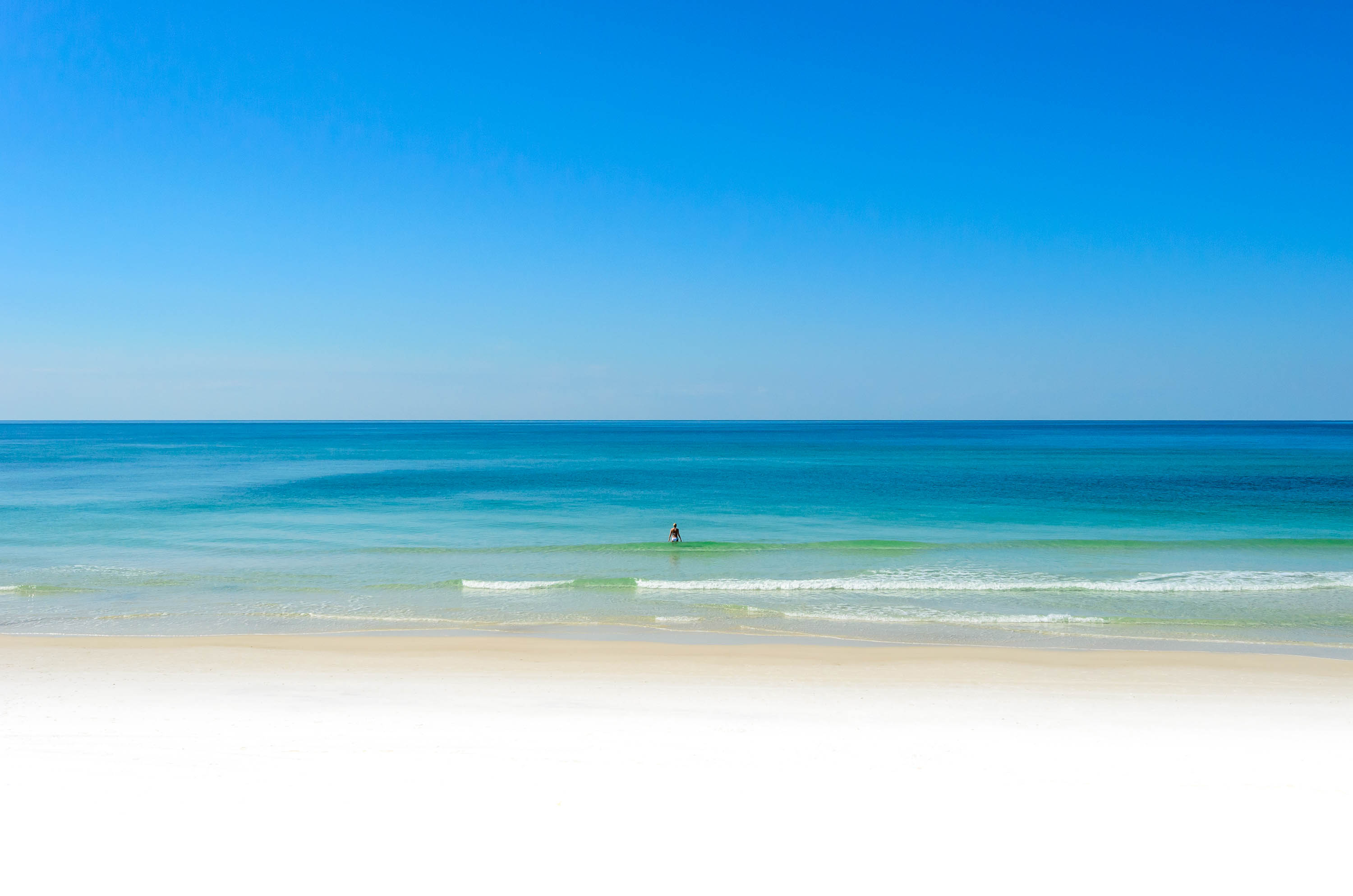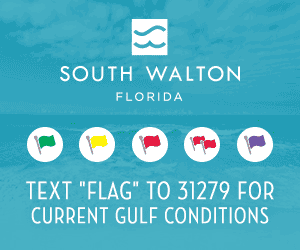From Walton Sun
Environmentalist groups claim that geotubes may pose a threat to sea turtle nesting habitats.
?Geotextile tubes are an experimental technology that have been proven to work in ways that negatively effect sea turtles,? Gary Appleson with the Caribbean Conservation Group said.
Long, synthetic bags filled with a sand and water mixture, geotubes are buried into damaged dunes and covered with sand to create an artificial dune. If the armoring devices are not adequately covered, sea turtles may have a problem nesting in the forthcoming months, Appleson explained.
When nesting, sea turtles require specific sand depths to secure their eggs. Natural elements, such as storms and wave action, cause sand to shift along the coastline.
?The primary concern is how to keep (geotubes) covered in an erosive beach,? Appelson said.
?There is a potential for turtles? eggs sitting on plastic,? Director of the Conservation Clinic at the University of Florida?s College of Law Thomas Ankersen said.
Geotubes were allowed under Walton County?s temporary armoring permits. However, Ankersen is afraid they are intended as permanent solutions.
?Burying them three feet deep doesn?t sound very temporary to me. I haven?t seen one yanked yet,? he said.
Currently, there are no financial requirements for the Department of Environmental Protection or homeowners to maintain abandoned structure. If private property containing a geotube is sold, there are no provisions for maintenance, Ankersen said.
?The key is that in order not to harm, (geotubes) have to be properly maintained forever. It?s critical that there are longterm financial and maintenance regulations to protect the sea turtles,? Appleson said.
Geotubes are not necessarily ?the panacea for controlling coastal erosions,? Ankersen said.
?(Homeowners) need to ask themselves if it will serve the purposes they are seeking,? he added.


 And thanks for your post, soapedaler!
And thanks for your post, soapedaler!










